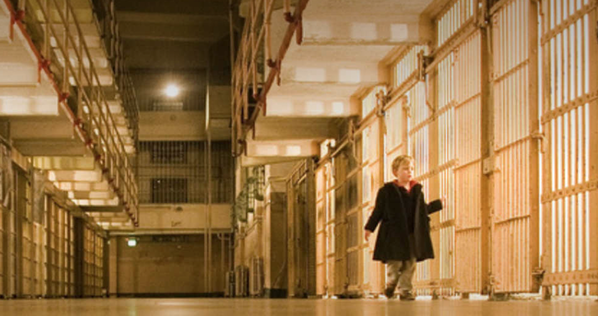Photo: thomashawk/Flickr
One major difference separates the troubling Minority Report policing programs from what happened in L.A. County's Child Welfare system.
One of the primary goals of Los Angeles County’s child welfare system is keeping kids out of lock-up. But in this pursuit, the county took a surprising step: It used a predictive analytics tool as part of a program to identify which specific kids might end up behind bars.
The process wasn’t incredibly complicated: It involved analyzing data about a child’s family, arrests, drug use, academic success, and abuse history. But the goal was abundantly clear: separating out the good kids from the potentially bad.*
Though the program—which was officially dubbed the Los Angeles County Delinquency Prevention Pilot, or DPP—ended in 2014, a new report from the National Council on Crime and Delinquency looks into how the program functioned. It not only suggests that L.A. County’s strategy was on the right path, but also that more government agencies should consider testing similar programs all over the country.
The first cohort of kids was the baseline: Between October and December 2012, the program was just getting started. The actuarial screening assessment had been developed and workers did their best to collect information on 83 kids, as well as those kids’ institutional records from schools and juvenile justice programs. But the workers had trouble getting complete information. “[T]he collection of service delivery data was limited and workers found it challenging to obtain data from providers or other service delivery entities, such as the public schools,” the NCCD writes.*
Cohort two was the control: Between the end of January and the beginning of May 2013 77 kids were provided “services as usual.” They were not subjected to the data screenings.*
Cohort three was the real test: From January 2014 through early May 2014, the program analyzed data on 70 kids. The SafeMeasures analytical program automatically sent out alerts for at-risk kids, as it was designed to do. Workers then intervened in whatever ways they could to try and alleviate stressors, get them to after-school activities where applicable, and generally make sure those kids didn’t end up in trouble.*
Authored by Matt Stroud, please click for the entire article;



Comments (0)